Beneath the rhythmic beating of our hearts and the ceaseless buzzing of our minds lies an extraordinary conversation happening quietly within: the dialogue between our gut and brain. Often overlooked, this intricate connection weaves together the worlds of digestion and cognition, revealing how what happens in our gut can influence mood, memory, and overall mental well-being. In this article, we journey into the fascinating realm of the gut-brain axis, unraveling the science behind this unseen network and exploring how the two organs, though miles apart, work in harmony to shape our health and experience of the world.
Table of Contents
- Understanding the Communication Pathways Between Gut and Brain
- The Role of Gut Microbiota in Mental and Physical Health
- How Stress and Diet Influence the Gut-Brain Axis
- Practical Lifestyle Changes to Support a Healthy Gut-Brain Connection
- Emerging Therapies Targeting the Gut-Brain Relationship
- Q&A
- Concluding Remarks
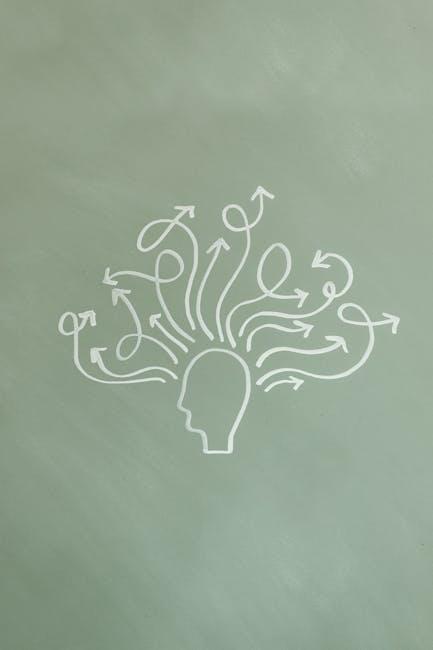
Understanding the Communication Pathways Between Gut and Brain
The connection between the gut and brain is an intricate network of signals and communication channels that work in harmony to regulate everything from mood to digestion. Primarily, this link is maintained through the vagus nerve, often termed the body’s information superhighway. It directly transmits messages from the gut lining to the brain, providing real-time updates about the state of your digestive system. Alongside this, chemical messengers like neurotransmitters and hormones act as intermediaries, influencing brain function and emotional health based on gut conditions.
Additionally, the gut microbiota—the trillions of microbes inhabiting our intestines—play a crucial role in shaping this dialogue. These microorganisms produce metabolites that can either soothe or stimulate nerve cells, impacting mental and physical well-being. The dynamic crosstalk is supported by:
- Neural Pathways: Direct nerve signaling that swiftly conveys information.
- Immune System: Modulates responses to maintain balance in both gut and brain.
- Endocrine Signals: Hormonal messages that adjust appetite, mood, and energy.
| Communication Type | Primary Role | Impact on Health |
|---|---|---|
| Neural | Rapid message transfer via vagus nerve | Regulates cravings and stress responses |
| Immune | Inflammation control | Affects mood and cognitive clarity |
| Endocrine | Hormonal balance | Influences sleep and energy levels |
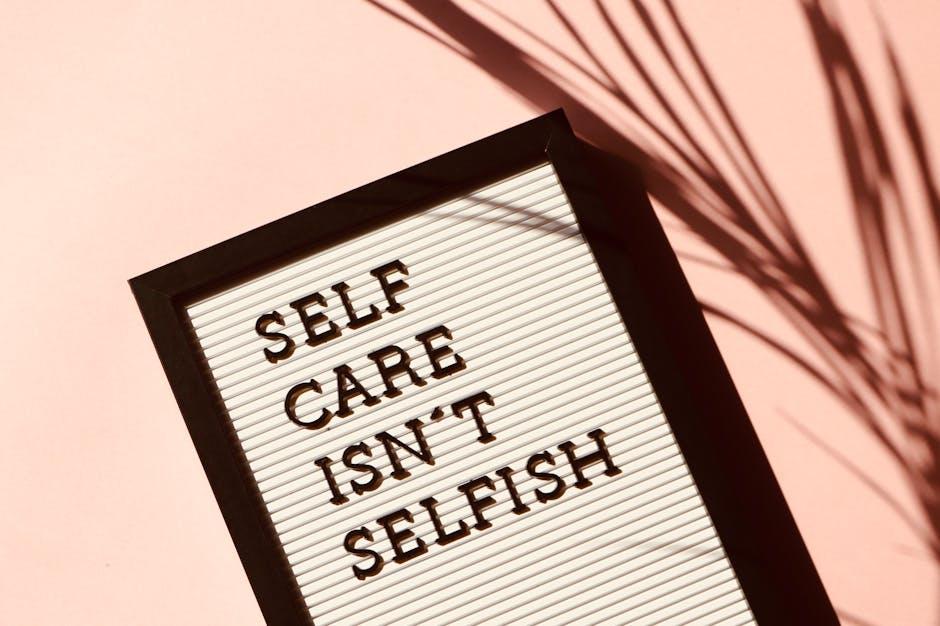
The Role of Gut Microbiota in Mental and Physical Health
Delving into the intricate ecosystem within our digestive tract reveals a bustling community of trillions of microorganisms that profoundly influence both mental and physical wellness. This dynamic gut microbiota communicates with the brain through a complex network called the gut-brain axis, producing neuroactive compounds and modulating inflammatory responses. The balance of these microbial inhabitants plays a pivotal role in emotions, stress response, and cognitive function, linking digestive health directly to mood and mental clarity.
Beyond mental well-being, the gut flora supports key physiological processes that enhance overall health. These beneficial microbes assist in nutrient absorption, fortify the immune system, and regulate metabolic activities which can impact energy levels and systemic inflammation. Maintaining a diverse and balanced gut microbiota is therefore essential, and can be supported through dietary choices rich in prebiotics, probiotics, and fiber, alongside lifestyle practices that reduce stress and encourage physical activity.
| Gut Microbiota Functions | Health Impact |
|---|---|
| Neurotransmitter Production | Supports mood stability and cognitive health |
| Immune System Regulation | Enhances defense against pathogens |
| Metabolic Support | Improves digestion and energy balance |
| Inflammation Control | Reduces risk of chronic diseases |

How Stress and Diet Influence the Gut-Brain Axis
The intricate dialogue between your brain and gut is profoundly shaped by both stress and diet, forming a dynamic feedback loop that influences mental and digestive health. When stress levels spike, the body releases cortisol, which can disrupt the balance of beneficial gut bacteria and alter digestive functions. This disruption not only compromises nutrient absorption but also sends distress signals back to the brain, often amplifying feelings of anxiety or depression. Managing stress through mindfulness, regular exercise, or relaxation techniques can therefore be pivotal in maintaining a harmonious gut-brain relationship.
Diet acts as the fuel for this bi-directional system. Consuming a variety of fiber-rich, fermented, and nutrient-dense foods supports a thriving gut microbiome, which produces neurotransmitters like serotonin that positively affect mood and cognitive function. On the other hand, diets high in processed foods and sugars may promote inflammation and worsen gut imbalances, creating a cascade of negative effects on mental well-being. Key dietary components to nurture your gut-brain axis include:
- Prebiotics: Found in garlic, onions, and bananas, these fibers feed beneficial microbes.
- Probiotics: Sources like yogurt, kefir, and sauerkraut introduce live bacteria to the gut.
- Omega-3 fatty acids: Present in fatty fish, these support anti-inflammatory pathways.
- Polyphenols: Antioxidants in berries, green tea, and dark chocolate enhance microbial diversity.
| Factor | Impact on Gut | Impact on Brain |
|---|---|---|
| Chronic Stress | Reduces microbial diversity | Increases anxiety, impairs cognition |
| High Sugar Diet | Promotes harmful bacteria growth | May increase depression risk |
| Fiber-Rich Foods | Feeds beneficial microbes | Enhances mood and memory |
| Fermented Foods | Boosts probiotic populations | Supports stress resilience |

Practical Lifestyle Changes to Support a Healthy Gut-Brain Connection
Supporting your gut-brain axis involves more than just diet—it’s a holistic approach to nurturing both your mental clarity and digestive health. Incorporating mindfulness practices such as meditation or deep breathing exercises can significantly reduce stress hormones that disrupt gut bacteria balance. Additionally, prioritizing regular physical activity not only boosts mood but also promotes healthy digestion by stimulating gut motility and enhancing blood flow. Don’t underestimate the power of sleep either; consistently restful sleep cycles help regulate hormones that influence appetite and mood, creating a harmonious internal environment for gut and brain communication.
Nutrition plays a starring role in sustaining this intricate connection. Focus on enriching your meals with prebiotic fibers like garlic, onions, and bananas, which serve as food for beneficial gut bacteria. Fermented foods such as yogurt, kefir, and kimchi introduce live probiotics, aiding in microbiome diversity crucial for cognitive function. Below is a quick reference table showcasing simple swaps to elevate your gut-brain nourishment:
| Common Food | Gut-Brain Friendly Swap | Key Benefit |
|---|---|---|
| White bread | Whole-grain bread | Rich in fiber for microbiome health |
| Sugary snacks | Mixed nuts & berries | Antioxidants and healthy fats support brain function |
| Regular coffee | Green tea | Contains antioxidants and neuroprotective compounds |

Emerging Therapies Targeting the Gut-Brain Relationship
Recent advancements in neuroscience and microbiology have paved the way for innovative treatments that directly influence the complex dialogue between our gut microbiota and brain health. Among these, probiotic and prebiotic therapies have gained significant attention. These interventions aim to balance the gut flora, promoting beneficial bacteria that produce neuroactive compounds. Research suggests that certain probiotic strains can alleviate symptoms of anxiety, depression, and even cognitive decline by modulating inflammatory responses and neurotransmitter production.
Moreover, novel techniques such as fecal microbiota transplantation (FMT) and gut-targeted pharmaceuticals are being explored to recalibrate the gut ecosystem in more profound ways. These emerging therapies are tailored to restore the gut-brain axis’ homeostasis by improving gut barrier integrity and regulating immune signaling pathways. The table below highlights some promising therapies and their potential impacts:
| Therapy | Target Mechanism | Potential Benefits |
|---|---|---|
| Probiotics | Microbial balance, neurotransmitter modulation | Reduced anxiety, improved mood |
| Prebiotics | Stimulate beneficial bacteria growth | Enhanced cognitive function |
| FMT | Gut microbiota restoration | Improved gut barrier, immune regulation |
| Gut-targeted drugs | Immune and neural pathway modulation | Alleviation of neuroinflammation |
Q&A
Q&A: The Gut-Brain Connection Explained
Q1: What exactly is the gut-brain connection?
A1: The gut-brain connection refers to the complex, bidirectional communication network between the gastrointestinal system (the gut) and the brain. This dialogue involves nerves, hormones, and biochemical signaling, allowing the two organs to influence each other’s function and health.
Q2: How do the gut and brain communicate?
A2: They communicate primarily through the vagus nerve, a major nerve that links the brainstem to the gut. Additionally, gut microbes produce neurotransmitters and metabolites that can affect brain function, and hormones released by the gut can signal the brain about hunger, mood, and stress.
Q3: Why is this connection important?
A3: Understanding this connection is crucial because it helps explain how gut health can affect mental health and vice versa. For example, imbalances in gut bacteria have been linked to anxiety, depression, and even neurodegenerative diseases, revealing how closely intertwined physical and mental wellness truly are.
Q4: Can the gut influence emotions and behavior?
A4: Yes. The gut produces a large portion of the body’s serotonin, a key mood-regulating neurotransmitter. Disruptions in gut health can alter serotonin levels, potentially affecting emotions and cognition. This is why some call the gut “the second brain.”
Q5: How do lifestyle choices impact the gut-brain connection?
A5: Diet, stress levels, sleep quality, and physical activity all play significant roles. Eating a balanced diet rich in fiber and probiotics supports a healthy gut microbiome, which in turn can enhance brain function and mood. Chronic stress, however, may disrupt gut balance and impair communication along this axis.
Q6: Can improving gut health boost mental well-being?
A6: Emerging research suggests it can. Interventions like probiotic supplements, prebiotic-rich foods, and mindful eating may improve gut flora balance, potentially alleviating symptoms of anxiety and depression in some individuals. However, this is an evolving field, and personalized approaches are recommended.
Q7: Are there any clinical applications of the gut-brain connection?
A7: Scientists are exploring treatments targeting the gut to help manage neurological and psychiatric disorders. This includes dietary therapies, microbiome transplants, and novel medications aimed at modulating gut signals to the brain. The gut-brain connection offers promising avenues for integrative medicine.
Q8: What should people take away from the gut-brain connection?
A8: The takeaway is that gut health isn’t just about digestion—it plays a pivotal role in overall well-being, including mental health. Nurturing your gut through mindful eating, stress management, and healthy habits can support a resilient “second brain,” fostering harmony between body and mind.
Concluding Remarks
As we peel back the layers of the gut-brain connection, it becomes clear that our bodies are a symphony of communication—where the mind and the microbiome dance in constant dialogue. Understanding this intricate relationship not only reshapes how we view our health but also invites us to nurture ourselves with greater mindfulness and care. So, next time you experience a “gut feeling” or a mental fog, remember: the answer might be where digestion meets thought. In this ongoing voyage between brain and belly, science continues to reveal a story as complex and fascinating as the human experience itself.
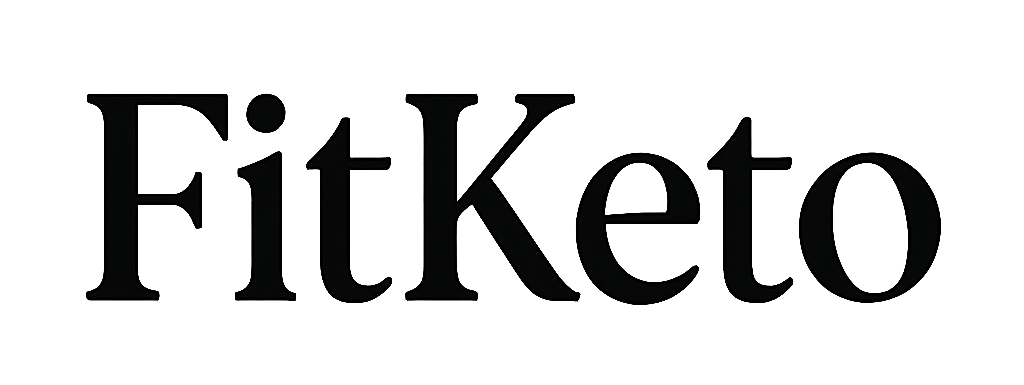







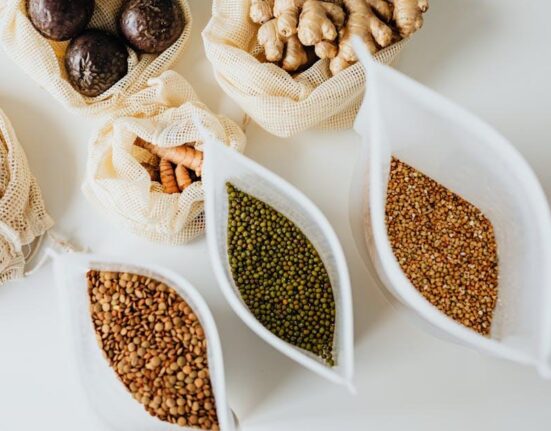
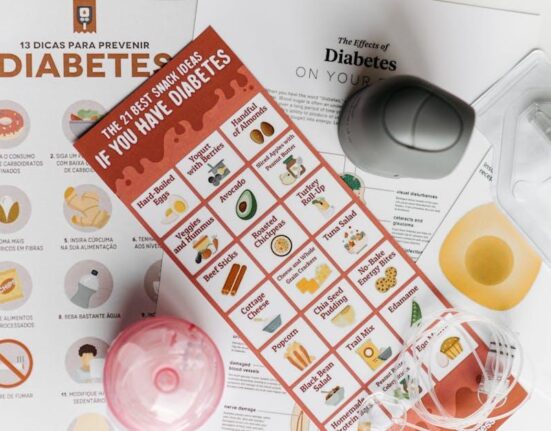




Leave feedback about this